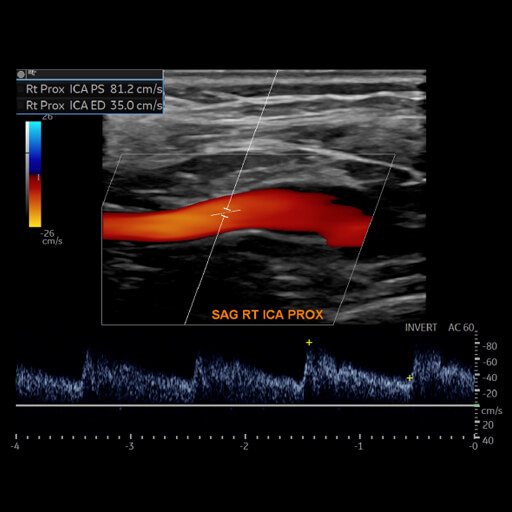Oakstone CME Society for Vascular Medicine Comprehensive Review of Vascular Ultrasound Interpretation and Registry Preparation
Cost: $895
View Offer chevron_rightDetails
Vascular Testing CME: “Head-to-Toe” Protocols
This online CME program spans 40 lectures that expose you to all aspects of non-invasive vascular testing. Abundant case study materials and over 100 registry-type exam questions will help those who work within the non-invasive vascular laboratory to prepare for the RPVI examination and maintain IAC Vascular Testing continuing medical education requirements. Nationally-renowned speakers provide expanded content on vascular lab operations and ergonomics, as well as valuable insight on:
• Imaging techniques (grayscale, color and spectral Doppler, physiological testing)
• Various testing protocols and diagnostic criteria
• A broad range of vascular pathology, both common and rare
• Fundamentals of vascular physics
• Quality improvement and patient safety
• And more…

